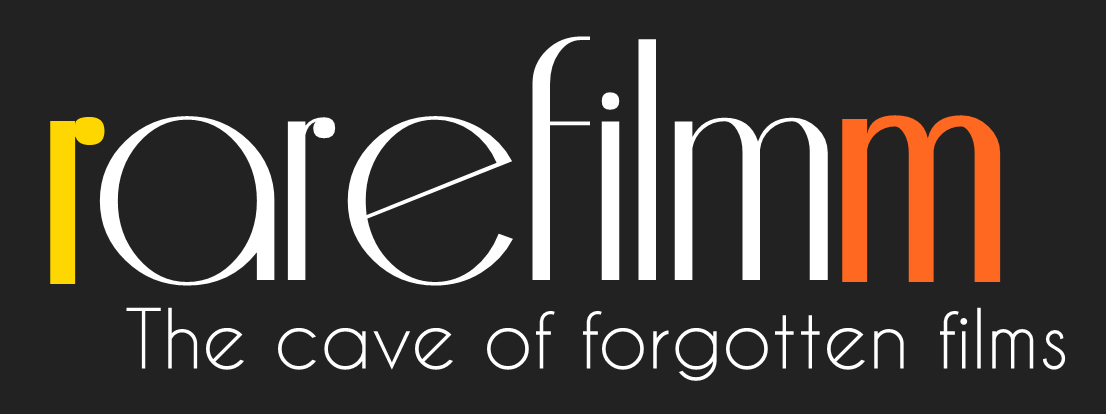The 1978 series pilot True Grit is based on the 1969 John Wayne film of the same name. Warren Oates brings his own characteristic touches to the old Wayne role of Rooster Cogburn, the “one-eyed fat man” (now a one-eyed thin man with a beard) who agrees to help headstrong orphaned teenage girl Mattie Ross (Lisa Pelikan). Mattie wants to get to her relatives in California, but she and Cogburn get off to a bad start when Rooster loses their train fare in a poker game. He tries to recoup their loss by mining for gold in Wyoming, then by riding shotgun on the gold shipments. Had the pilot sold, it would have detailed the further adventures of Cogburn and Mattie (as indicated by the original network title, True Grit: A Further Adventure).
Category: Television
Leading statesmen, generals, terrorists and others who made the headlines in one of history’s most bitter and enduring struggles tell the story of the Arab-Israeli conflict in The 50 Years War: Israel and the Arabs. Opening with the U.N decision to partition Palestine in 1947, the program charts the ensuing half-century of enmity, warfare, mediation and negotiation.
Made as part of “All the Boys and Girls of Their Age”—a critically acclaimed anthology series conceived around decade-specific rock-and-roll soundtracks that marked a moment of renewal in French cinema and helped launch a new generation of directors including Olivier Assayas and Claire Denis—Mazuy’s television film centers on Christine, a high schooler in late 1970s France who is enamored of John Travolta. When Christine is randomly picked up and seduced by Nicolas, a brooding teenager fascinated by Friedrich Nietzsche, they immediately face obstacles to their relationship, but nevertheless develop an awkward yet intense romance.
This television essay from 1985 was written by Leonard Bernstein to commemorate the 125th anniversary of Gustav Mahler’s birth. Recorded in Israel, Vienna and later in London, it is punctuated by biographical interludes and illustrated by musical examples drawn from the cycle of Mahler’s works recorded by Bernstein. Bernstein talks, plays and conducts various orchestras (Israel Philharmonic Orchestra, London Philharmonic Orchestra, Wiener Philharmoniker) and soloists (Janet Baker, Christa Ludwig, Edith Mathis, Lucia Popp, Walton Groenroos) in performances spanning 17 years.
The Fabulous Fifties from CBS, combines style, humor, and imagination. It was rich in touches of quality showmanship and equally rich in the memories of a decade which it revived. In recognition, the Peabody Television Award for entertainment is presented to The Fabulous Fifties, with a special word of praise for producer Leland Hayward and the top talent which appeared in this memorable entertainment special. The two-hour special featured comic takes and commentary about the previous decade by, among others, Rex Harrison and Julie Andrews, Mike Nichols and Elaine May, Dick Van Dyke, Shelley Berman, Betty Comden and Adolph Green, Jackie Gleason, Eric Sevareid and Henry Fonda.
A musical special celebrating the fruitful collaboration of Broadway lyricist/librettist Alan Jay Lerner and composer Frederick Loewe. Stars from the current Broadway hit “Camelot” and from past triumphs such as “My Fair Lady,” and the film “Gigi” perform the romantic, sophisticated songs of Lerner and Loewe.
Between 1798 and 1812, the wild, romantic country of the English Lake District saw an intense concentrated flowering of literary genius. At its centre was the poet William Wordsworth, born in the region, who lived there almost all his life with his beloved sister Dorothy. Around him, as the genius of the age, gathered other poets and writers – Robert Southey, Samuel Taylor Coleridge and Thomas de Quincey. This idiosyncratic two-part mini-series, conceived by acclaimed director Ken Russell, concentrates on the relationship between William and Dorothy, and the battle with laudanum faced by Coleridge.
DON’T SHOOT THE COMPOSER is far from an ordinary profile of Georges Delerue. It also serves as a calling card for Ken Russell, whose work would define the 1970s as Delerue’s did in the 1960s. It begins with a sly work of pastiche, parodying the conventions of French noir. It goes onto encompass slapstick, verité scenes of the Delerue family and a harrowing montage of the Vietnam War. This eclectic approach gives us a sense of the different facets of Delerue’s life- his love of cinema, his home life, his work ethic. It also prefigures Russell’s feature length biopics of Mahler and Liszt, though in a more modest- and lucid- fashion.
